Choosing the Right Sandpaper Grit for Polishing Stones and Rocks
Polishing stones and rocks is a rewarding process that transforms rough, dull surfaces into smooth, often vibrant finishes. Achieving that high shine depends heavily on using the correct sequence of sandpaper grits. It’s a step-by-step process that can’t be rushed.
The best sandpaper grit for polishing stones and rocks involves a progression from coarse grits (e.g., 60 or 80) for shaping and initial smoothing, through medium grits (e.g., 180, 320) to remove deeper scratches, fine grits (e.g., 600, 1200) for refining the surface, and very fine to super-fine grits (e.g., 3000, 8000, or even higher) for achieving a high polish. The starting grit depends on the initial roughness of the stone.
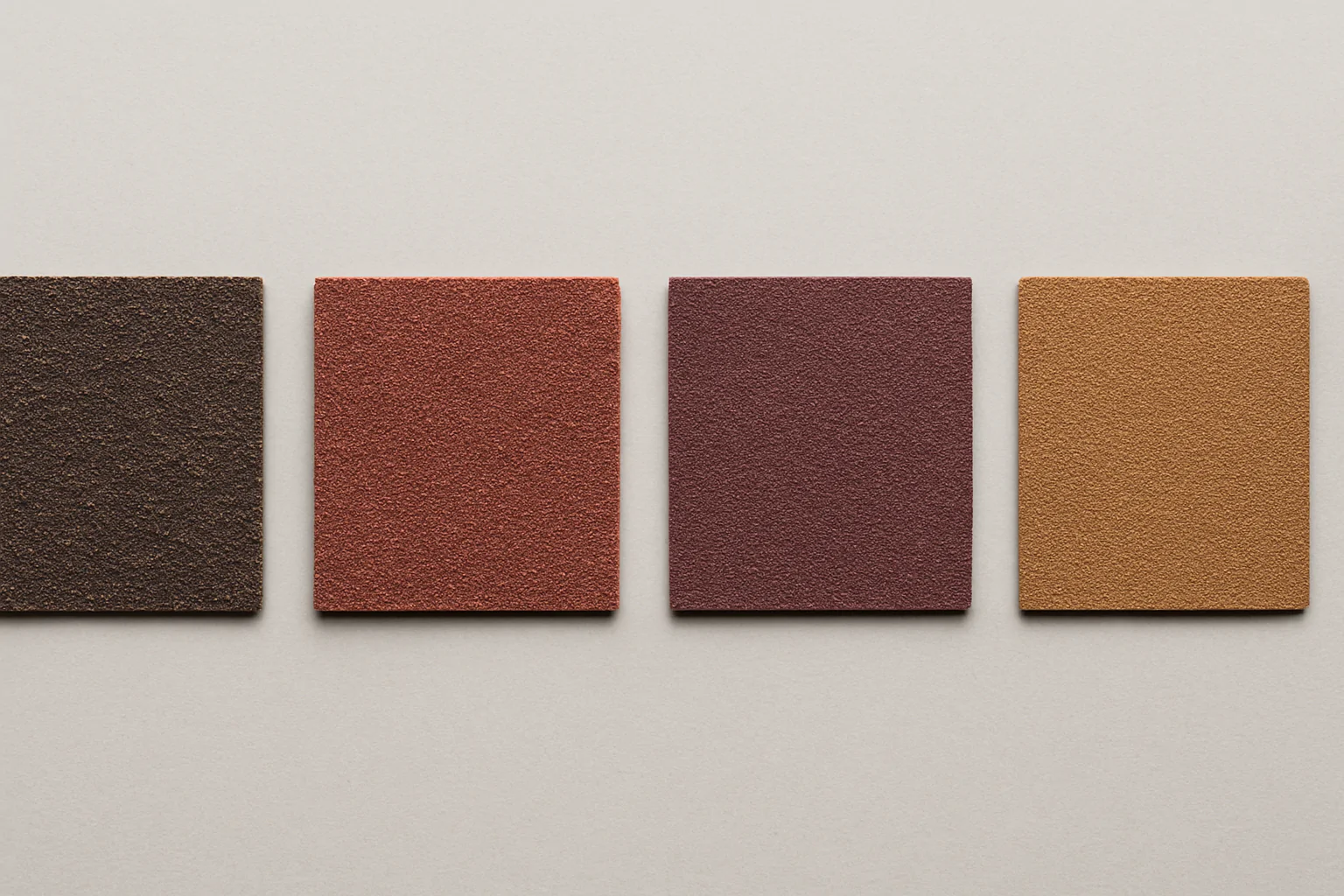
Visual guide to sandpaper grit progression.
Understanding this progression is essential for successfully polishing stones, whether they are hard rocks, softer minerals, or even gemstones.
What sandpaper grit for rock polishing?
So, if you have a rough rock or stone you want to polish, where do you start with sandpaper grit, and what sequence should you follow?
For rock polishing, you start with a coarse sandpaper grit, typically in the 60 to 120 range, to rapidly shape the stone and remove significant imperfections. You then progress through a series of increasingly finer grits, such as 180, 320, 600, 1200, and potentially much higher (e.g., 3000, 8000, 14000 or more), to gradually remove the scratches left by the previous grit, ending with a smooth, polished surface.
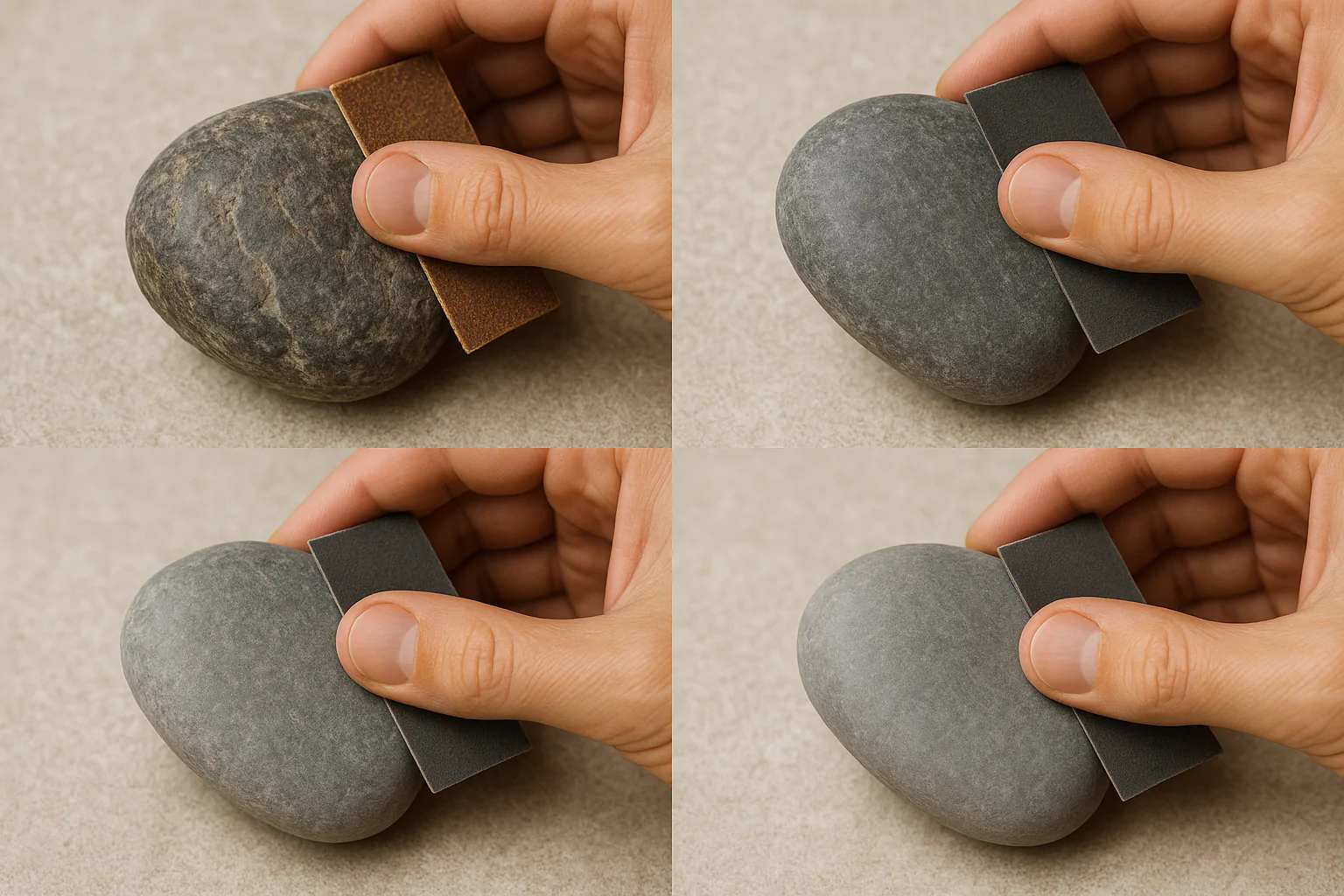
Illustrating the step-by-step process of rock polishing with different grits.
The key to successful rock polishing is moving through the grits systematically. You should never skip more than one grit level in the sequence. For example, if you start with 80 grit, your next step should be around 180 or 220 grit, not jumping directly to 600 grit. Why? Because each grit is designed to remove the scratches left by the previous, coarser grit. If you skip grits, the finer grit won’t be able to effectively remove the deeper scratches left by the much coarser grit, and you’ll end up spending a lot of time trying to fix those deeper marks or, worse, never achieving a truly smooth surface. The initial grit depends on the rock’s condition; a very rough, newly shaped stone might start at 60 or 80 grit, while a smoother tumbled stone might start at 180 or 220. You work with each grit until all visible scratches from the previous grit are gone. You often need to wash the stone and look at it under good light (sometimes even using magnification) to ensure all coarser scratches are removed before moving to the next finer grit. The final polishing stages use very high grits, often in the thousands, sometimes even tens of thousands, to achieve a mirror-like finish. Using quality sandpaper, like water-resistant silicon carbide paper suitable for wet sanding stones, is important for consistent results throughout this process. NOVOGRIT offers a range of abrasive products that can be suitable for different stages of stone work.
What is the best sandpaper for sanding stone?
Beyond just the grit, are there specific types of sandpaper that work better for sanding and polishing stone compared to wood or metal?
The best sandpaper for sanding stone is typically made with silicon carbide abrasive grains and designed for wet sanding. Silicon carbide is harder and sharper than aluminum oxide, making it more effective at cutting through hard stone. Wet sanding is crucial as it keeps the stone and sandpaper cool, prevents dust, and carries away the grinding slurry, reducing clogging and improving the finish.
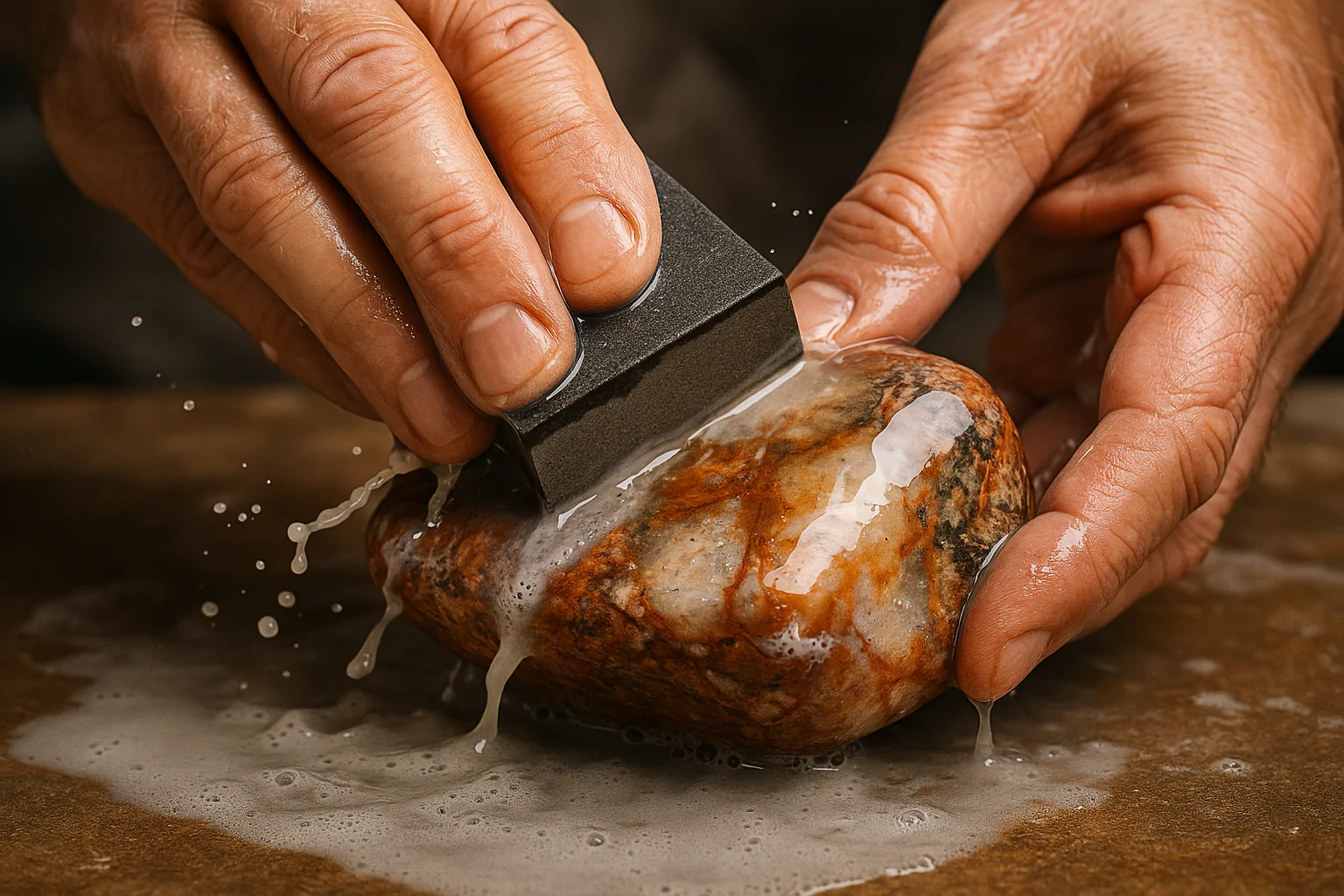
Wet sanding a stone surface.
When sanding stone, the abrasive material is key. Silicon carbide is the standard choice for working with hard, non-metallic materials like stone, ceramics, and glass. Its inherent hardness and sharp crystalline structure allow it to cut into these tough surfaces effectively. Aluminum oxide, while excellent for wood and metals, isn’t as efficient or durable on stone. The backing material of the sandpaper is also important. For wet sanding, which is highly recommended for stone to control dust and heat, you need paper that is water-resistant. Look for sandpaper specifically labeled for wet/dry use. Wet sanding reduces friction and heat buildup, which can prevent the stone from cracking or discoloring. The water also helps to wash away the stone dust and abrasive particles (the slurry), keeping the sandpaper from getting clogged or "loaded" with debris. Clogged sandpaper stops cutting and starts rubbing, which generates heat and provides a poor finish. Using a constant flow of water or dipping the stone and paper frequently ensures the abrasive remains effective. While not strictly sandpaper, diamond abrasives (on pads or belts) are also widely used for sanding and polishing very hard stones and concrete, offering even faster cutting and longer life but typically at a higher cost. For traditional sandpaper methods, silicon carbide wet/dry paper is the way to go. NOVOGRIT, known for quality abrasives, can provide insights into suitable products for various material applications.
What is the best grit for polishing rocks?
This question focuses specifically on the grits used in the final stages to achieve the polish. What grit ranges are considered "polishing grits" for rocks?
The best grits for polishing rocks are the very fine to ultra-fine grades, typically starting around 1200 or 1500 and progressing through 3000, 8000, 14000, and sometimes even higher (up to 50,000 or 100,000) depending on the desired mirror finish. These high grits are used to remove the microscopic scratches left by the preceding grits and bring out the stone’s natural luster.
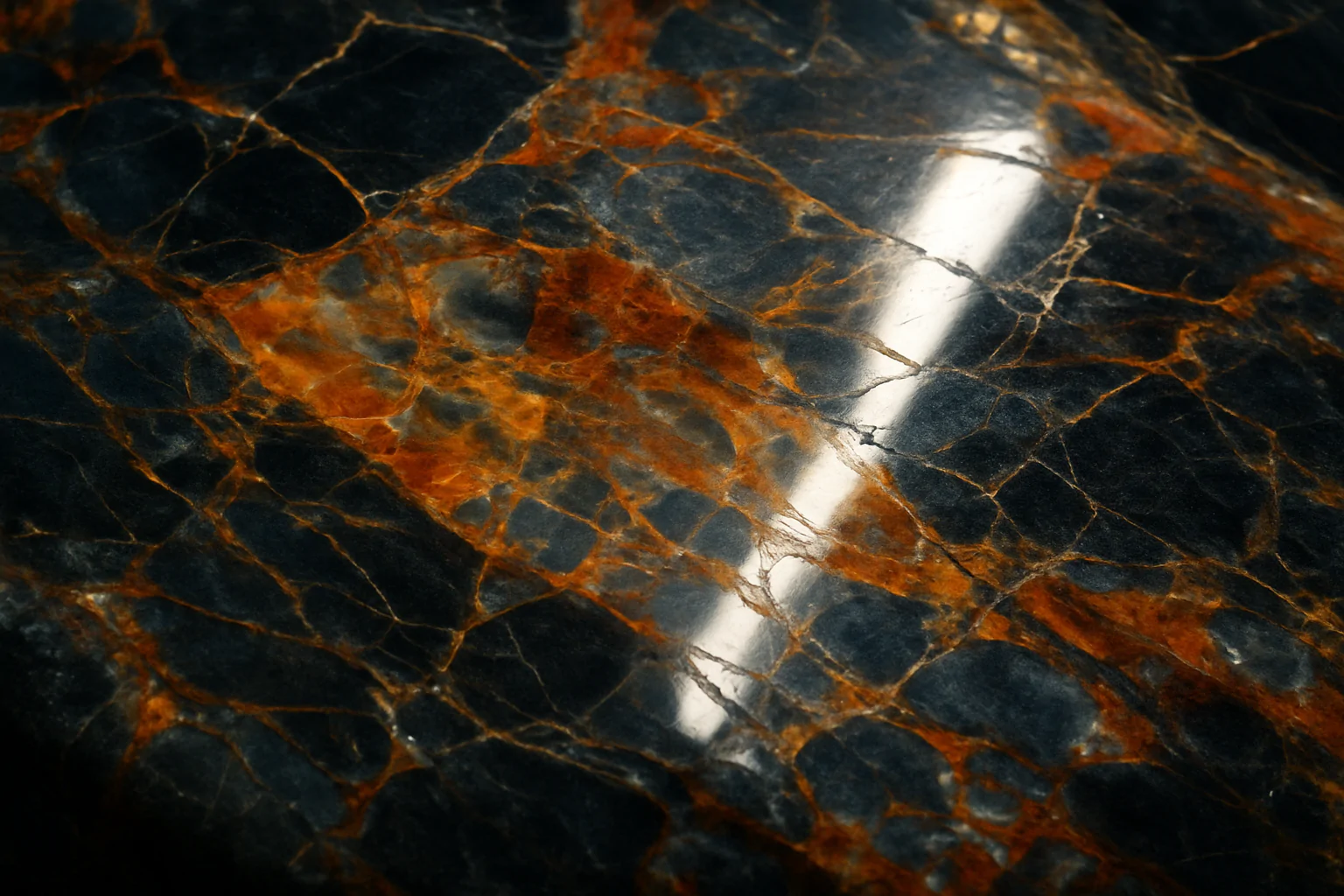
Achieving a mirror finish on a rock.
When we talk about "polishing" in the context of rocks, we mean the stages after all visible shaping and scratch removal are complete. The grits below 1200 are generally considered "sanding" or "grinding" grits, focused on removing material and refining the shape. The grits from 1200 upwards are where the true polishing begins. At these levels, the abrasive particles are so fine that they are removing material on a microscopic scale, smoothing the surface to the point where it reflects light evenly, creating that polished look. The exact highest grit you need depends on the hardness of the stone and how high a polish you want. Softer stones might achieve a good polish around 3000 or 8000 grit. Very hard stones and gemstones, like quartz, agate, or jasper, benefit from polishing with extremely fine grits, often going up to 14000, 50000, or even higher micron-graded diamond pastes or films. These final stages are almost more about burnishing and micro-smoothing than traditional cutting. Patience is crucial here; spend enough time at each polishing grit to ensure all the faint lines from the previous grit are gone before moving on. Using water or a polishing compound at these stages is also vital to help lubricate and carry away the incredibly fine debris. High-quality, consistent abrasive paper, particularly in these very fine grits, is essential for achieving a high-quality polish.
What grit to polish gemstones?
Polishing gemstones is similar to polishing rocks but often requires even finer abrasives to achieve the brilliant, reflective surfaces expected of cut gems. What grits are typically used for gemstones?
To polish gemstones, a sequence of very fine abrasive grits is used, similar to rock polishing but often starting at a higher grit (e.g., 600 or 1200 if already shaped) and progressing through 3000, 8000, 14000, and then using ultra-fine micron-graded diamond abrasives up to 50,000, 100,000 or even 200,000 equivalent grit. The final polish is usually achieved with diamond compounds or cerium oxide on specialized polishing laps.
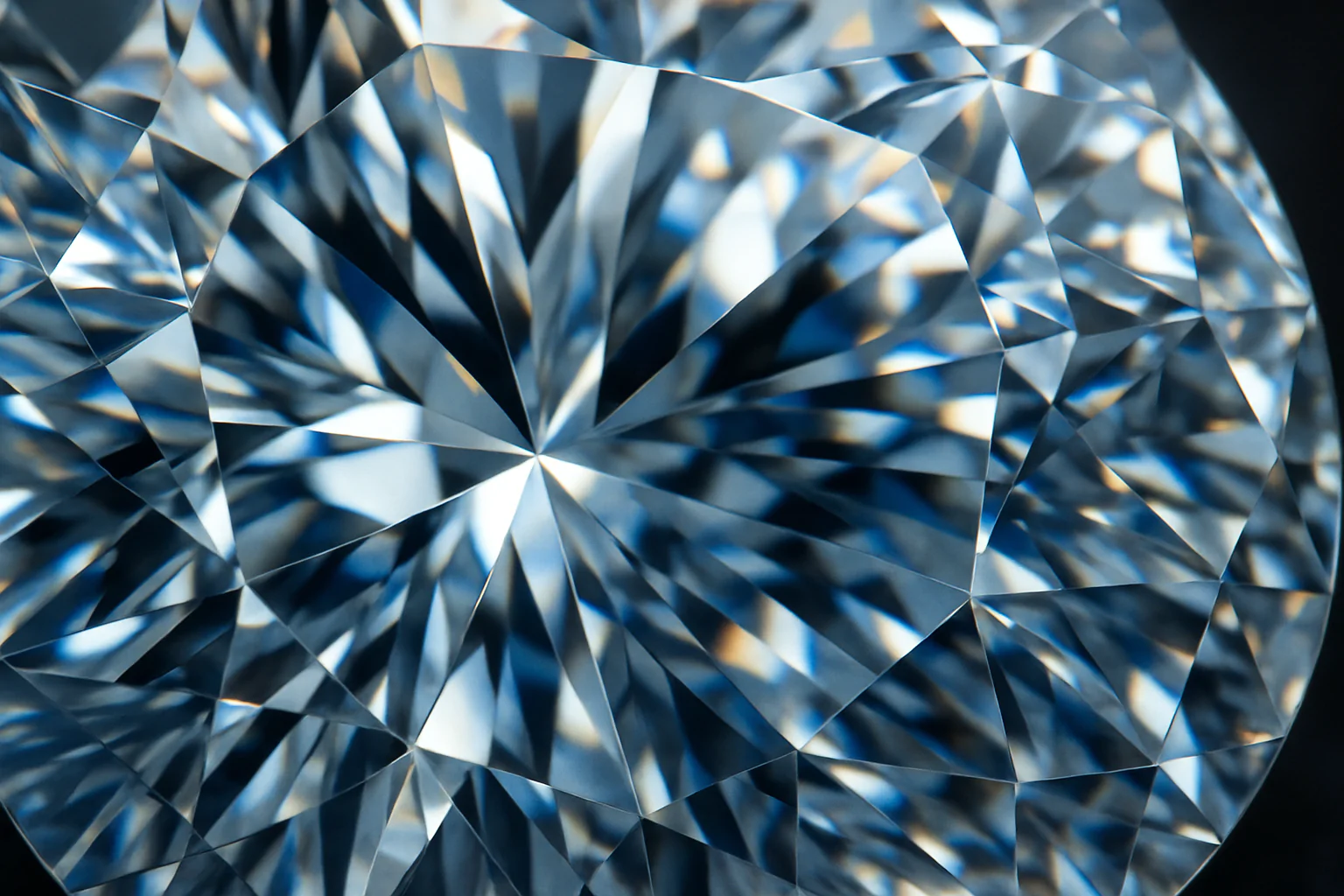
Achieving a high polish on gemstone facets.
Gemstone polishing takes the principles of rock polishing to a higher level of precision and finesse. Gemstones are often harder than common rocks, and the goal is usually a near-perfect, scratch-free surface that maximizes light reflection and refraction. While initial shaping might involve diamond grinding wheels or coarser diamond laps, the polishing stages rely on extremely fine abrasives. Standard silicon carbide sandpaper up to 1200 grit might be used for initial smoothing after cutting, but the real polishing begins with finer grits. For many gemstones, especially those with a Mohs hardness of 7 or higher, diamond abrasives are the preferred choice for polishing due to their superior hardness. These are often used in the form of diamond pastes, slurries, or films applied to polishing laps. The grits used here are typically measured in microns, which can be converted to approximate ANSI or CAMI sandpaper grit numbers, with ranges extending into the hundreds of thousands. For instance, a 0.5-micron diamond paste is roughly equivalent to a 60,000 ANSI grit. The final polishing step often uses a dedicated polishing compound, like cerium oxide for many stones or aluminum oxide for others, on a soft polishing lap. This final stage removes the absolute finest scratches and brings out the maximum luster. Precision and patience are paramount when polishing gemstones; working cleanly and ensuring all scratches from the previous step are removed before moving to the next finer abrasive is crucial for achieving a high-quality facet.
Conclusion
Polishing stones and rocks requires a systematic progression of sandpaper grits, starting coarse for shaping and moving to ultra-fine for polishing. Silicon carbide wet/dry paper is ideal for stone, and while similar for gemstones, they often require finer diamond abrasives for the final polish. Selecting the correct grit sequence is key to a successful finish.
You may also be interested in:

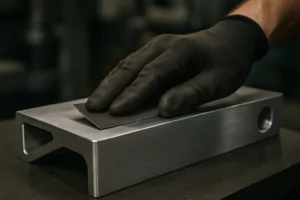
Best Sandpaper for Aluminum: NOVOGRIT's Guide to Flawless Finishes
What is the Best Type of Sandpaper to Use on Aluminum? Do you find yourself frustrated by sandpaper that gums up instantly when you try to smooth aluminum? It is
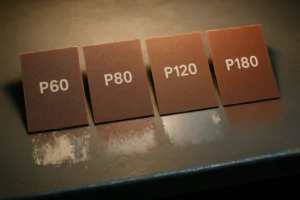
Best Sandpaper for Paint Removal: Grits, Types, & Tips | NOVOGRIT
What is the Best Sandpaper for Removing Paint? Are you tired of staring at chipped, peeling paint on your furniture, walls, or even your car? It’s a common problem, and
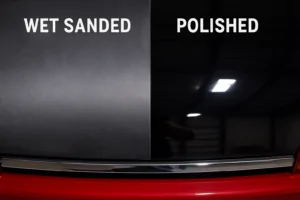
Automotive Wet Sanding: Supplies, Liquids & Best Sandpaper
Automotive Wet Sanding Supplies: What Do You Really Need? Wet sanding is a crucial technique in automotive refinishing, used to achieve a flawlessly smooth surface before painting or polishing. Unlike
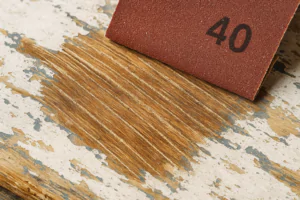
Best Sandpaper for Paint Removal & Grit Guide
What Is the Best Sandpaper for Removing Paint? Removing old paint can be a tedious job, but using the right sandpaper makes all the difference. It’s not just about grit;
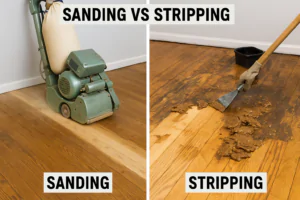
Hardwood Floor Sanding: Screen vs. Sandpaper & Best Practices
Sanding Screen vs. Sandpaper for Hardwood Floors: Which is Best? When you’re tackling hardwood floor projects, choosing the right abrasive is crucial for achieving a smooth, professional finish. Both sanding
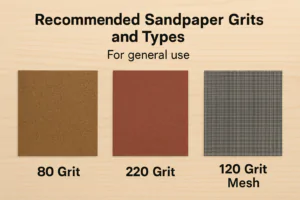
Paper Backing vs. Mesh Sanding Discs: Which Abrasive to Choose?
Paper Back vs. Mesh Sanding Discs: Which One Should You Pick? Choosing the right sanding disc backing can significantly impact your project’s efficiency and finish quality. Paper-backed discs are a
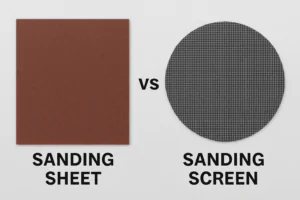
Sanding Mesh vs Paper: Which is More Economical and Better?
Is Sanding Mesh More Economical Than Sandpaper? Comparing Abrasive Costs When stocking up on abrasives, cost is always a factor. Paper sandpaper has traditionally been the standard, but newer mesh
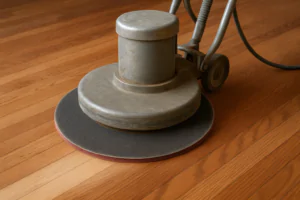
Sanding Nets & Screens Use Cases: When to Choose Mesh Abrasives
Sanding Nets and Screens: What Are Their Best Use Cases? When you encounter sanding nets or screens, you might wonder where they fit into your sanding projects. Unlike traditional solid-backed
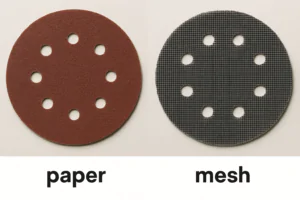
Paper vs. Mesh Sanding Discs: Which Abrasive to Choose?
Paper vs. Mesh Sanding Discs: Which Should You Buy? Choosing the right abrasive disc is essential for efficient and effective sanding. Two primary types dominate the market: traditional paper-backed discs
